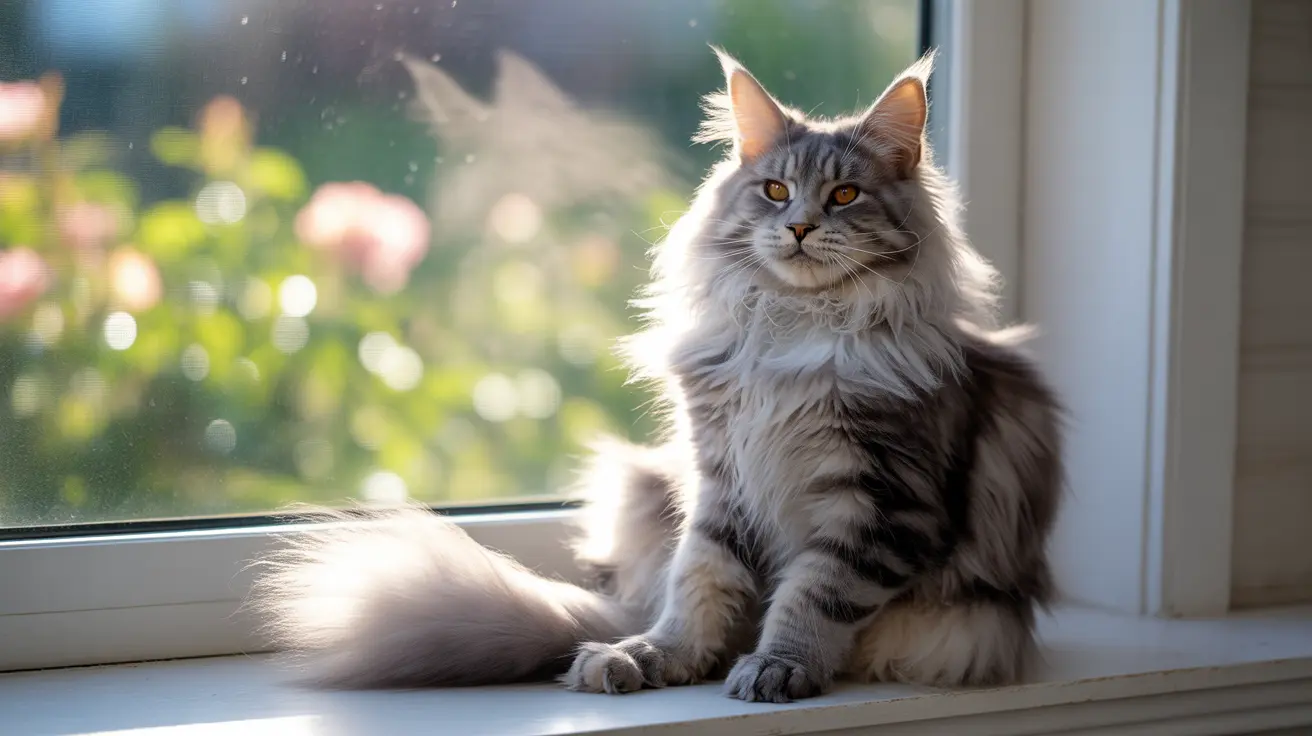For cat owners and allergy sufferers alike, understanding what cat dander looks like and how it differs from dandruff is crucial for both pet health and human comfort. While these two conditions are often confused, they have distinct characteristics and implications for your feline friend's wellbeing.
In this comprehensive guide, we'll explore the visible differences between cat dander and dandruff, their causes, and how to manage both conditions effectively. Whether you're concerned about your cat's skin health or trying to manage allergies, this information will help you make informed decisions about your pet's care.
What Does Cat Dander Look Like?
Cat dander is actually invisible to the naked eye, consisting of microscopic particles of dead skin cells that naturally shed from your cat's body. These tiny particles are so small that they can float in the air for hours, making them particularly problematic for allergy sufferers.
Unlike dandruff, dander isn't something you can spot on your cat's coat. Instead, it's a normal part of your cat's skin cell renewal process, containing proteins like Fel d 1 that can trigger allergic reactions in sensitive individuals.
Identifying Cat Dandruff vs. Dander
While dander remains invisible, dandruff appears as visible white or grayish flakes on your cat's fur and skin. These flakes are typically larger and more noticeable, especially when you part your cat's fur or after they shake themselves.
- White or light-colored flakes visible on the fur
- Accumulation of flakes particularly around the back and base of tail
- Sometimes accompanied by red, irritated skin
- May be more noticeable against dark-colored fur
Common Causes and Solutions
While dander is a natural occurrence, dandruff often signals an underlying issue that needs attention. Common causes include:
- Dry skin from low humidity environments
- Poor nutrition or dehydration
- Obesity limiting grooming ability
- Skin infections or parasites
- Allergies or autoimmune conditions
To address these issues:
- Maintain regular grooming sessions
- Ensure proper hydration
- Use a humidifier in dry environments
- Consider supplements for skin health
- Consult a veterinarian for persistent cases
Impact on Human Health
Both dander and dandruff can affect human health, but in different ways. Dander is the primary culprit behind cat allergies, as its microscopic size allows it to become airborne easily and infiltrate respiratory systems. While dandruff may also contribute to allergies, its larger size means it's less likely to become airborne.
Prevention and Management Strategies
Maintaining your cat's skin health helps manage both dander and dandruff:
- Regular brushing to distribute natural oils
- High-quality diet rich in omega fatty acids
- Proper humidity levels in your home
- Regular veterinary check-ups
- Clean living environment with frequent vacuuming
Frequently Asked Questions
What does cat dander look like and how is it different from dandruff?
Cat dander is microscopic and invisible to the naked eye, while dandruff appears as visible white or gray flakes on your cat's fur and skin. Dander is a natural occurrence, while dandruff often indicates an underlying health issue.
How can I tell if my cat has dandruff instead of just normal dander?
If you can see white or gray flakes in your cat's fur or on their skin, it's dandruff. Normal dander isn't visible to the naked eye. Look for accompanying symptoms like skin irritation or excessive scratching.
What causes visible dandruff on a cat's fur and skin?
Cat dandruff can be caused by dry skin, poor nutrition, inability to groom properly, skin infections, allergies, or underlying health conditions. Environmental factors like low humidity can also contribute.
How do I treat and prevent cat dandruff at home?
Regular grooming, maintaining proper humidity levels, ensuring a balanced diet with adequate moisture, and using pet-specific supplements when recommended by your vet can help prevent and treat dandruff.
Can cat dander and dandruff both trigger allergies in humans?
Yes, both can trigger allergies, but dander is the primary allergen due to its microscopic size and ability to become airborne. Dandruff may contribute to allergies but is less likely to cause reactions due to its larger size.






